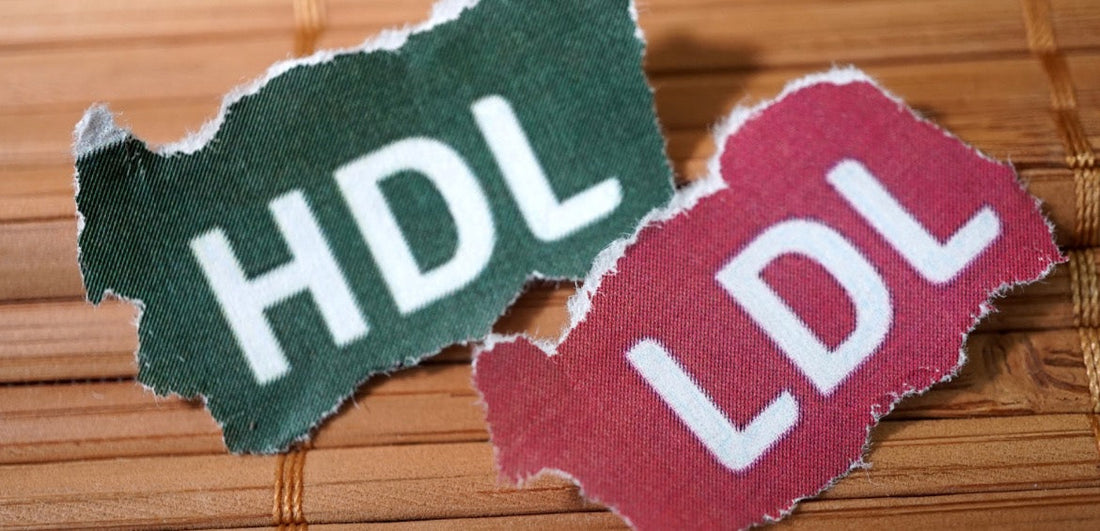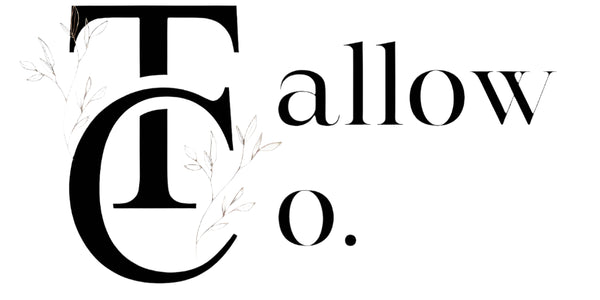
Tallow and Cholesterol: A Closer Look at the Fat-Cholesterol Connection
Share
When it comes to dietary fats, few topics spark as much debate as cholesterol. For decades, cholesterol has been painted as a dietary villain, blamed for heart disease and clogged arteries. Meanwhile, tallow—a traditional fat rendered from beef or mutton—has been making a comeback in kitchens and health circles. But what’s the real story behind tallow and cholesterol? Is this old-school fat a friend or foe to your health? Let’s dig in.
What Is Tallow, Anyway?
Tallow is the creamy, rich fat you get from rendering the fatty tissue of cows or sheep. Think of it as the animal kingdom’s answer to coconut oil or butter. It’s been used for centuries—not just for cooking, but for candles, soaps, and even skincare. Today, it’s experiencing a renaissance among fans of ancestral diets, keto enthusiasts, and home cooks who swear by its high smoke point and rich flavor.
Chemically, tallow is a mix of saturated, monounsaturated, and polyunsaturated fats. About 50% of it is saturated fat, 40% monounsaturated, and the rest a smattering of polyunsaturated fats. It also contains small amounts of naturally occurring cholesterol, since it comes from an animal source. But here’s where things get interesting: dietary cholesterol isn’t the bogeyman we once thought it was.
Cholesterol 101: Busting the Myths
For years, we were told that eating cholesterol-rich foods—like eggs, butter, or tallow—would send our blood cholesterol levels soaring and doom us to heart disease. But science has since shifted gears. Research over the last couple of decades, including studies from the American Heart Association and the Dietary Guidelines Advisory Committee, has shown that for most people, dietary cholesterol has a minimal impact on blood cholesterol levels.
Why? Because your liver is the real MVP here. It produces about 80% of the cholesterol in your body, adjusting its output based on what you eat. Chow down on a tallow-fried steak, and your liver might just dial back its own cholesterol production. It’s a neat little feedback loop. Of course, there are exceptions—some folks with specific genetic conditions (like familial hypercholesterolemia) might be more sensitive to dietary cholesterol—but for the average person, the link between what’s on your plate and what’s in your blood isn’t as direct as we once thought.
Tallow’s Fat Profile: What’s in It for You?
So, if cholesterol in tallow isn’t the main event, what about the fats themselves? Tallow’s high saturated fat content often raises eyebrows, given the long-standing “saturated fat = heart disease” narrative. But this story is unraveling too. Recent meta-analyses, like those published in the Annals of Internal Medicine, have found no clear link between saturated fat intake and increased risk of heart disease when part of a balanced diet.
Tallow’s monounsaturated fats—think oleic acid, the same stuff in olive oil—might even offer some perks, like supporting healthy HDL (“good”) cholesterol levels. Plus, it’s packed with fat-soluble vitamins like A, D, E, and K2 (especially if it’s from grass-fed animals), which play roles in everything from immune health to bone strength.
Cooking with Tallow: Practical Meets Primal
Beyond the science, tallow shines in the kitchen. Its high smoke point (around 400°F/205°C) makes it ideal for frying, roasting, or searing without breaking down into harmful compounds. It lends a subtle, savory depth to dishes—perfect for crispy potatoes or flaky pie crusts. And unlike heavily processed seed oils (looking at you, canola), tallow is minimally processed, aligning with a “whole food” philosophy.
The Bigger Picture: Context Is King
Does this mean tallow is a magic bullet? Not quite. No single food is. If you’re slathering tallow on everything while downing a diet of sugar-laden junk, don’t expect miracles. Health is a symphony, not a solo act—exercise, sleep, and overall diet all play their parts. But as part of a nutrient-dense, balanced approach, tallow can absolutely hold its own.
As for cholesterol? The fear factor is fading. Tallow’s small cholesterol content isn’t likely to throw your levels out of whack, and its fats might even fit into a heart-healthy lifestyle when paired with plenty of veggies, lean proteins, and whole foods.
Final Thoughts: Embrace the Fat?
Tallow’s resurgence isn’t just nostalgia—it’s a nod to how science evolves. We’re learning that fats, even saturated ones, aren’t inherently evil, and cholesterol isn’t the dietary demon we once feared. So, next time you’re sizzling up a skillet with tallow, you can feel good knowing you’re cooking with a fat that’s stood the test of time—and modern research. What do you think—ready to give tallow a spot in your pantry?
